In an unexpected move that diverged from the market’s anticipations, SNB held its policy rate steady at 1.75%, side-stepping the anticipated hike to 2.00%. The conditional inflation projections have undergone downward revision. While inflation could surge above 2% target in upcoming quarters, it’s projected to retract back to 1.9% in 2025 based on current interest rate, without further tightening.
Despite this, SNB did not completely distance itself from a hawkish tone, and maintained the further tightening “may become necessary”. It also reiterated the willingness to intervene in the market with focus on “selling foreign currency
Delving into the specifics of the conditional inflation projections, based on steady 1.75% policy rate, inflation is forecasted to ascend to 2.0% by the end of this year. It will scale up to its apex at 2.2% in the second quarter of 2024, before experiencing a slight dip to 1.9% at the onset of 2025, maintaining that level thereafter.
On the economic growth front, SNB’s projections lean towards the cautious side, forecasting tepid growth for the remainder of the year. The annual growth is projected to hover around a modest 1%.




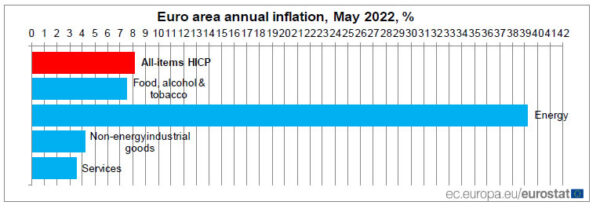
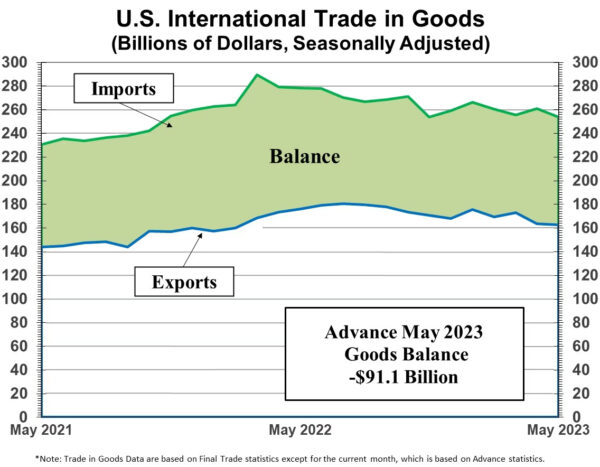
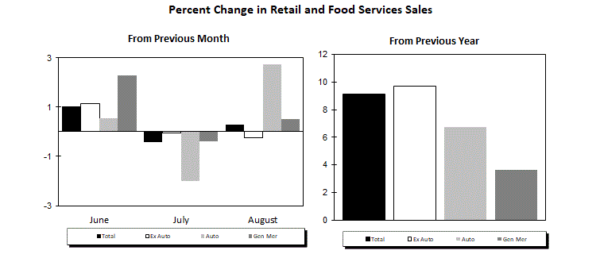
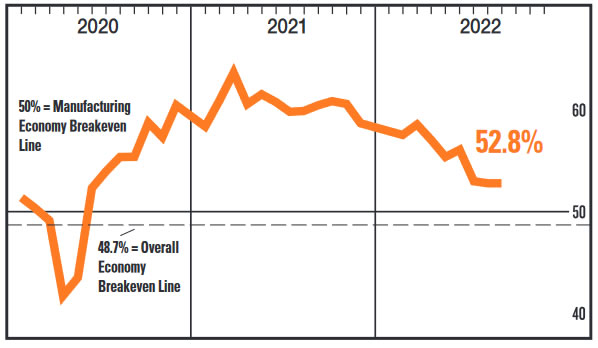
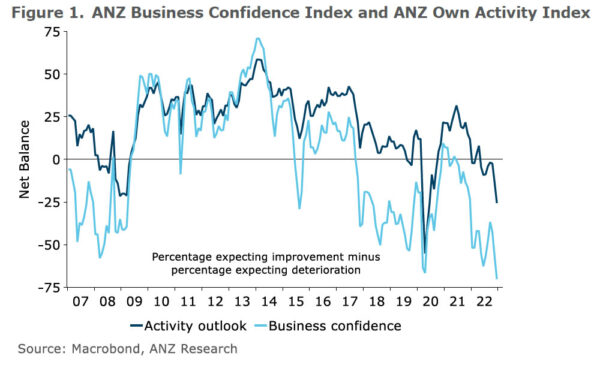
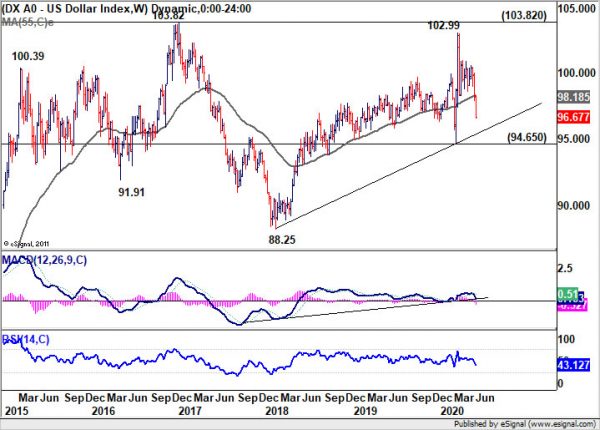
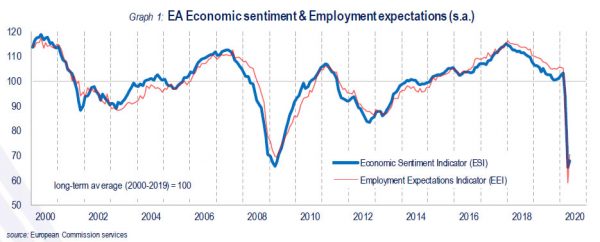
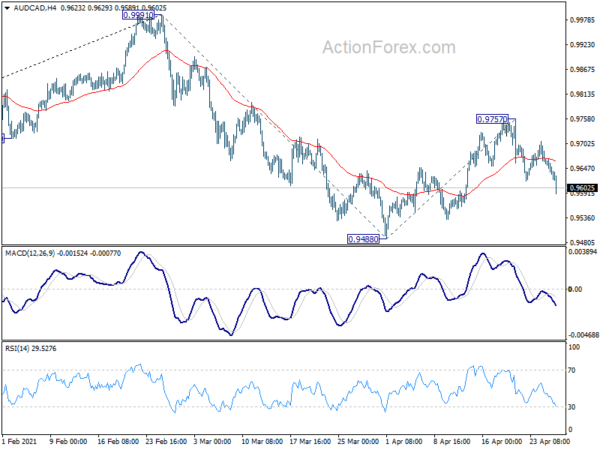
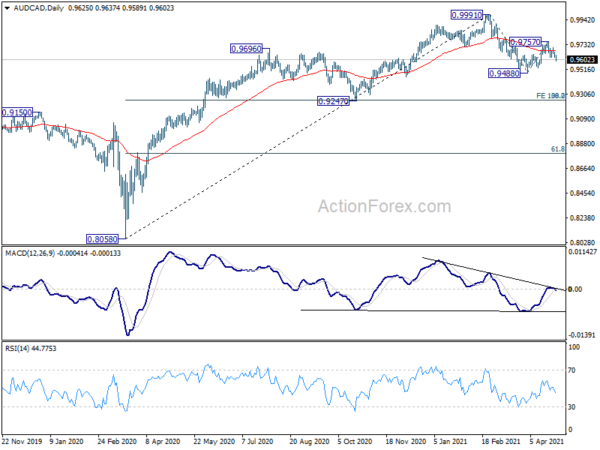
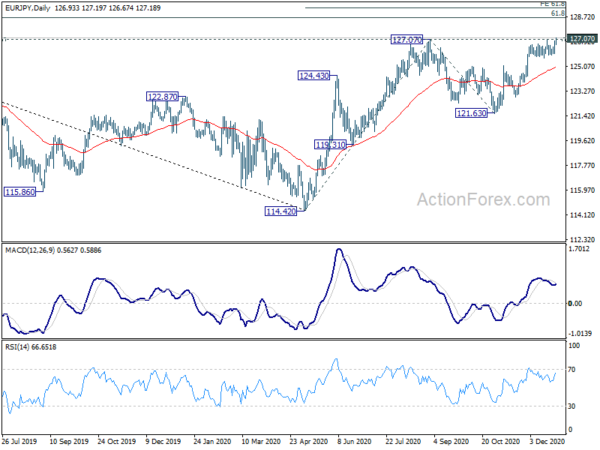
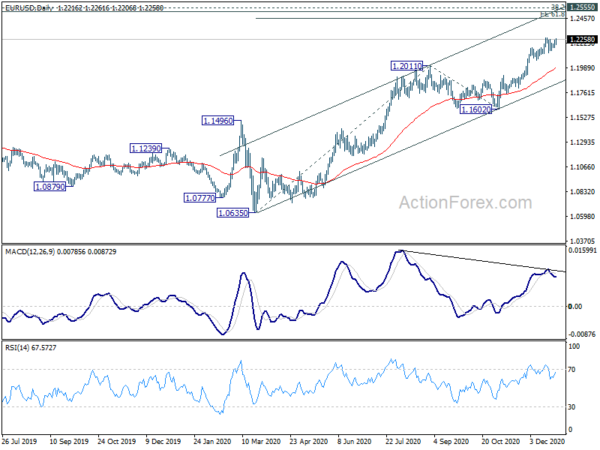

Trump to China: We’re not ready to make a deal, tariffs could go up very substantially, very easily
Trump said the US isn’t ready to make a trade deal with China yet. He added “I think they probably wish they made the deal that they had on the table before they tried to renegotiate it”. And, “They would like to make a deal. We’re not ready to make a deal.”
Trump also threatened that tariffs on Chinese goods “could go up very, very substantially, very easily.” Though, “I think sometime in the future China and the United States will absolutely have a great trade deal, and we look forward to that,” Trump said. “Because I don’t believe that China can continue to pay these, really, hundreds of billions of dollars in tariffs. I don’t believe they can do that.”
Comments from China remained hard-line over the weekend, a commentary published by the official Xinhua News Agency accused the US of “scapegoating” China for its trade imbalance and domestic economic issues. And, “the United States is attempting to squeeze an unequal trade deal out of China, using measures such as tariff hikes and targeting its tech companies.”